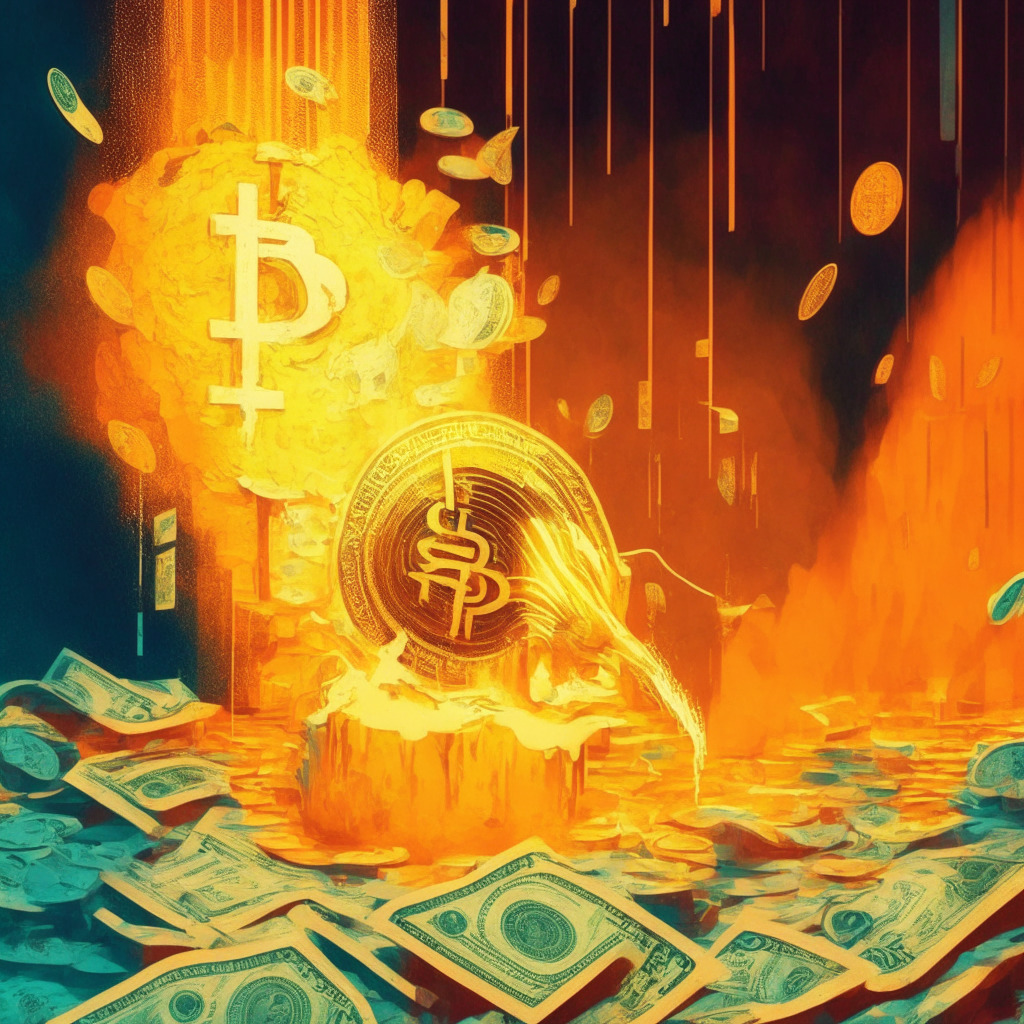Quantitative easing, a monetary policy tool utilized when traditional approaches are less effective, embarks on a mission to inject life into a sluggish economy. It involves Central Banks, such as the U.S Federal Reserve, buying substantial financial assets – often government bonds from banks and financial entities. This isn’t mere charity; Central Banks create new currency to foot the bill of this acquisition, thereby increasing the availability of money in the economy.
The principle is simple: as demand for these assets- courtesy of Central Bank stipulation- increases, their prices skyrocket and long-term interest rates nosedive. This trend encourages expenditure and investment in riskier assets, such as stocks and real estate.
The Quantitative Easing approach experienced the limelight during the COVID-19 pandemic when the United States Federal Reserve initiated such measures to mitigate the impacts of the pandemic, and revitalize economic expansion. This bold move led to an explosion in the Federal Reserve’s balance sheet to roughly $8.24 trillion.
However, fears are rife that heavy cash injections into the economy could lead to inflation. Suppose the growth of the money supply surpasses the growth of products and services; inflation is virtually inevitable. While certain factors can mitigate this risk, QE remains a double-edged sword.
So, how does QE interact with the cryptocurrency universe?
It’s no surprise that the decentralized nature of cryptocurrencies like Bitcoin (BTC) and Ether (ETH) makes it challenging to apply traditional monetary policies like QE. However, aspects of the crypto realm share quantifiable similarities with measures and consequences of QE.
For instance, as the Central Banks increase the money supply through QE, some investors, wary of the devalued fiat currency and lower interest rates, may turn to alternative stores of value like cryptocurrencies. Cryptocurrencies are not subject to conventional monetary regulation, and therefore their perceptive value can experience a surge. However, this is a peripheral consequence and not a direct result of QE.
While Quantitative Easing can provide economic respite during crises, critics argue it exacerbates income disparity, distorts markets, and can sow seeds of future financial instability. Primarily, the wealthiest, who own financial assets such as bonds and stocks, are the significant beneficiaries of QE. Furthermore, the increased liquidity brought about by QE can spur rampant speculation and formation of asset bubbles, which could reflect as higher volatility in cryptocurrency markets.
In a nutshell, while cryptocurrencies function within a unique ecosystem, the wider market dynamics- such as the impacts of QE- can indirectly affect their value. This complex relationship between traditional finance and the intriguing world of cryptocurrencies paints an intricate and intriguing picture of their interplay.
Source: Cointelegraph




